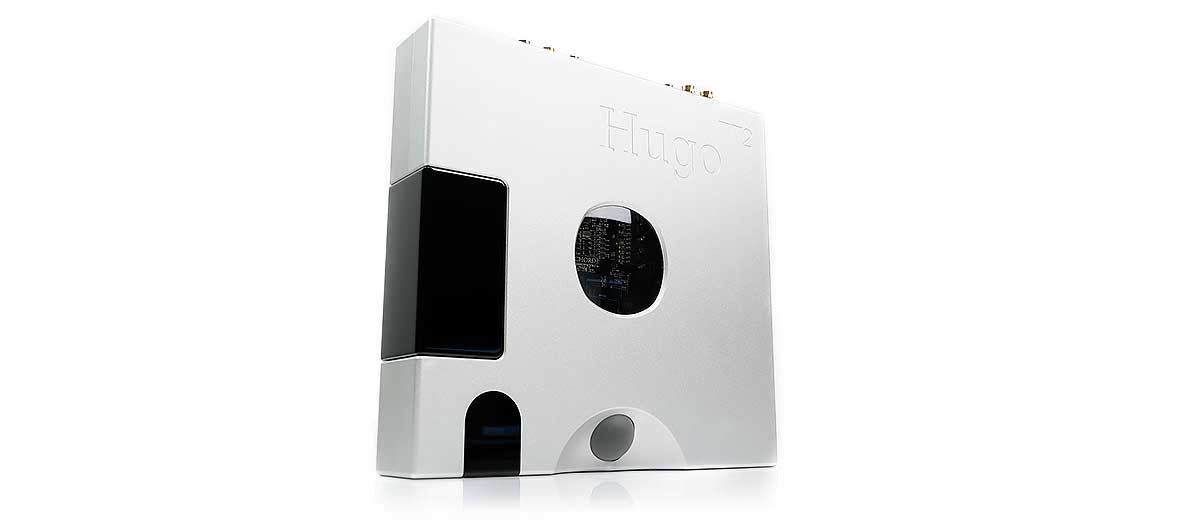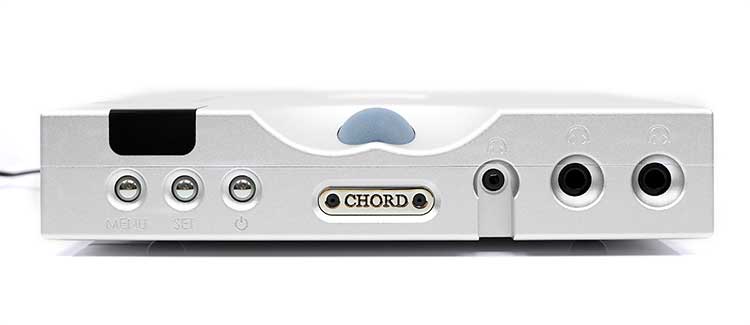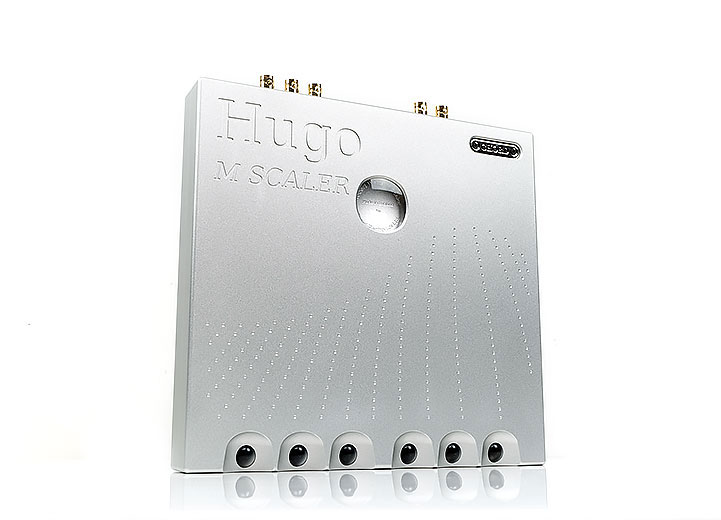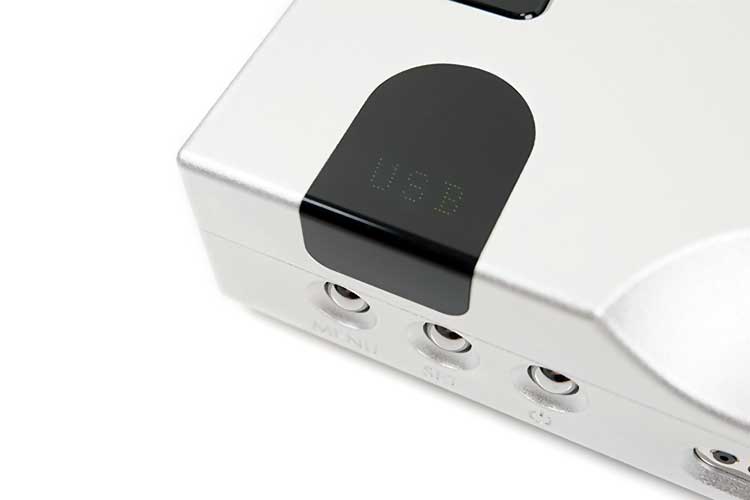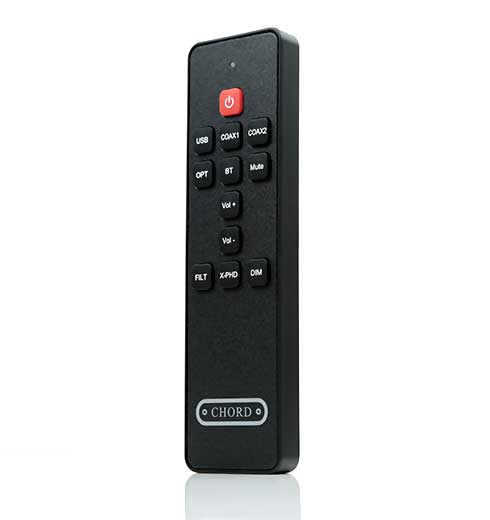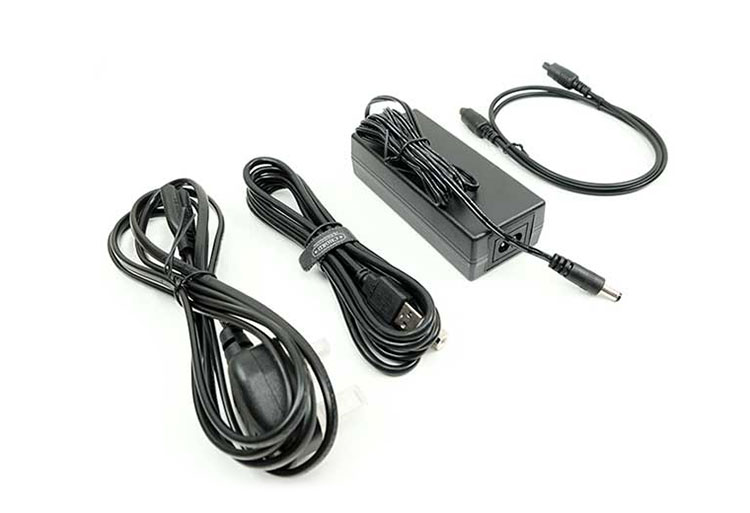The Chord Electronics Hugo TT2 is a high-end DAC, preamp, and headphone amplifier capable of DSD512 and PCM 32BIT/768kHz decoding. It is priced at £3995.
Disclaimer: The Chord Electronics Hugo TT2 sent to us is a sample in exchange for our honest opinion in this review. We thank the team at Chord Electronics for giving us this opportunity.
You can read more about Chord Electronics products we reviewed on Headfonics by clicking here.
Note, this review follows our new scoring guidelines for 2021 which you can read up on here.
This review has been a long time coming and not just simply due to it being a complex device or a long review queue but also because of crappy lockdowns that hampered European and UK businesses over the last few months.
The timing now is due to the UK coming out of a prolonged lockdown which should means Chord Electronics are ideally ramping up production of the excellent Hugo TT2.
Our last major Chord Electronics desktop review was the M Scaler. Now originally, we used the Qutest to base our findings on but in reality, the TT2 is the natural bedfellow for this excellent upscaling device.
The TT2 a DAC, a preamp, and a headphone amplifier desktop all in one. Normally it is considered 1 part of a triple component stack alongside the Hugo M-Scaler and the TToby power amp. A super-charged Hugo 2 if you will and a sizeable upgrade on the original TT in 2015.
It has been 2 years since Chord launched the TT2 but it is still 100% relevant and class-leading in 2021. The price is not for the faint of heart at £3995, but like the dCS Bartok, this could be potentially someone’s fabled ‘end game’.
Tech Highlights
The TT2 is probably the most complex of this stack in terms of connectivity. When I say complex its more to do with the use case than the advancement of any specific technology. Much of the technology inside the TT2 is an evolution or a precursor to that found in the likes of the Hugo 2 and the Hugo M Scaler.
With the TT2 you can use it as a pure DAC to feed other amps, a dedicated preamp to feed into power amps, and to the front, a powerful headphone desktop amp solution. That should appeal to both HiFi speaker enthusiasts as well as headphone users and therefore it needs to excel in far more areas than either the TToby or the Hugo M Scaler.
Amplifier
It is really the TT2 DAC that gets all the media frenzy and with good reason. However, this time I wanted to start with the amplification technology because, for me, there is a lot here that makes this a quality design.
The output power of the amp here is very strong at 7.3W into an 8Ω RMS load in single-ended mode (headphones and preamp) or a huge 18w RMS (preamp only) into a similar load balanced.
Now, granted when you drop to 8Ω, (or possibly even 4), then you are walking into speaker territory. However, what is also impressive, and perhaps more pertinent to us, is the voltage control of the TT2 amplifier to account for higher impedance gear such as headphones.
Voltage Control
The TT2 can globally control two Vrms voltage gain levels at a low and high gain setting and these apply not just to the headphone output but also to the preamp. For headphones on the low-end, it will deliver 288mW into a 300Ω load right up to 2.7W into 32Ω on the high-end unbalanced.
There is no balanced output for this amp, not something Chord believes in principle with their amp designs. However, 2.7W into 32Ω is enough to drive most modern planar headphones with aplomb.
Certainly, it is more powerful on paper than the dCS Bartok Class A amp and very close in performance to our current favorite standalone desktop headphone amp, the Xi Audio Formula S. All of this is done with a consistent headphone output impedance at a satisfyingly low 0.042Ω which should not play havoc if you fancy sensitive gear.
Going pre-amp and using the balanced output via the rear XLR, it goes even higher with 6.6Vrms or 1.3W into a 32Ω up to a massive 18.6Vrms or well over 10W into the same load. Bear in mind these are weighted measurements so the parameters for the TT2 amp from being able to cope with demanding HiFi systems are very clearly defined.
DAC
A huge amount has already been covered in our reviews to date on what Rob Watt’s has achieved with his fantastic DAC designs since the original Hugo and Mojo reviews. However, it is worth pointing out why the M Scaler add-on can make a significant difference.
To start, the DAC design is a similar development from the Hugo to the original TT. This is an in-house DAC and FPGA topology, only this time it builds on the Hugo 2 Xilinx Artix 7 FPGA processor instead of the older 45nm Spartan 6.
This allows a much more complex level of filtering with no less than 86x 208MHz cores running in parallel. This allows the TT2 DAC to deliver an advanced 16FS WTA 1 filter with a ceiling of 98,304 taps.
Now that is double the Hugo DAC potential which ‘taps out’ at 49,152 and it also uses the same Artix 7 FPGA. The difference here is really the core count with the TT2 having a vastly expanded amount of filtering capability.
Now also might be a good time to point out that traditional delta-Sigma blocks are still working the traditional 256-tap filter design.
M Scaler Difference
So how can the M Scaler make a difference? Well, if 86 x 208MHz cores with 98,304 taps on that Xilinx Artix 7 FPGA how about using a Xilinx XC7A200T FPGA with 740 DSP cores to M Scaler to bypass the initial stage or WTA 1 to get 1M taps, (BNC).
Not only that but also give you the ability to pick your sample rate right up to PCM 768kHz, even for 16BIT 44.1k tracks. It made a huge difference to the quality of the Qutest output, no reason to think it will not be the icing on the cake for the TT2 performance.
Decoding
All of that prowess is not without a super-high decoding potential either. If you are coming from the Hugo 2 you will find that it is quite similar with a max of DSD512 and PCM 768kHz. That is futureproofing and then some. Just for reference, the original TT only had half that potential at 32BIT/384kHz and DSD128 maximum.
Still, no MQA but I do not think you will ever see that option on a Chord Electronics DAC given Rob’s misgivings on how MQA performs.
Power
So why not just enhance the Hugo 2’s capability rather than make something entirely new? Well, physics is a bugger at times, especially when it comes to size and in the case of the Hugo 2, power.
Quite apart from the massively enhance I/O, the primary power plant of the TT2 has changed from a battery to 6 supercapacitors which are a hell of a lot bigger. Given the voltage requirements, especially in high gain, this should things very tight when the load or current is at its highest.
The TT2 also uses a discreet output stage between the DAC and filter and before the amplifier to keep an effective lid on distortion. Something critically important once you start tugging on high gain voltage numbers either via the preamp or through using demanding headphones.
Design
If Rob’s stamp is on the inside then John Frank’s tastes are on the outside. The Hugo TT2 is unmistakably a Chord Electronics form factor and design. Those coming from the original Hugo TT will have taken heart from the fact it is not a complete redesign. This is more of a refined evolution in keeping with how the Hugo developed into the Hugo 2.
What does that mean? Well, it still has that low-profile square-like shape and built like an absolute tank with that precision-machined 2-piece aluminum casing. Like the progression from the Hugo to the Hugo 2, the TT2 design now has a bit more of those deep cut contours and a superior positioning of the volume control orb.
Gone is the hued-out digital display concave to the fore and in comes a streamlined right-angled smoked acrylic display panel. The smoked digital display is matched by a similar-looking acrylic screen to the middle of the left panel. This is to allow for an optimal BT signal to pass through the dense aluminum housing.
On the top is a typical Chord Electronics circular panel which allows you to peer into the circuitry as well as to emit varying colors to signify changing sample rates.
I/O
To the front, the buttons look more intuitive than the original TT and even the Hugo 2. Gone are the X-PHID and IP buttons and instead we have a menu and set button. These are linked to the LED interface above which makes a bit more sense. To the right, we have a single 3.5mm and two 6.35mm unbalanced headphones (and monitor) outputs.
Despite the TT2’s somewhat compact size everything seems quite well spaced out. Granted, there are not a plethora of connections quite as you will find at the back of the Bartok but everything you need to preamp is there. There is also a set of dual BNC to couple with the Hugo M Scaler or use individually.
I did note that Chord Electronics has very kindly aligned the dual BNC just above, (or below depending on how you stack), where the M Scalers dual BNC is also positioned. That makes things a bit tidier for cabling.
Aside from the dual BNC, you have dual optical in, USB in, single-ended and balanced XLR out. The final two connectors to the far left are right and left DX BNC outputs.
It is worth noting that the USB on the TT2, like the Qutest, is galvanically isolated. This means the power rails of the data USB inputs have been isolated to prevent interference from stray current.
Controls
The controls for the TT2 are split into the three user scenarios, headphones use, DAC, and preamp use. In turn, you can control which setup you prefer via the manual buttons on the TT2 or opt for their remote control.
This remote control is identical to the Hugo 2 remote control but coded to work only with their respective devices. You will not find one controller messing around with another component if stacked.
Wireless
You can also elect to move to the wireless mode of the TT2 via the remote control or interface and here you will be able to receive up to aptX level. Sadly, there’s no aptX-HD or LDAC capability to transmit or receive via the TT2.
Volume
Volume, as you would expect is via the big orb at the front. Much like the Hugo 2, it works its way through a range of colors to signify what level you are at. The dial is quite steady so it will not fly off the rails and give you a nasty surprise.
On a very crude level, the volume range runs in 1db increments from red at the lowest volume level to shades white at the top. White is designated also for the line out.
Packaging & Accessories
Function over form and definitely nothing fancy here for packaging. This is more of a Hi-Fi approach to packaging than head-fi with a strong but decidedly brown box enclosure. Inside, there is plenty of foam laddering to keep the TT2 in place and the unit itself vacuum-sealed in plastics tightly.
Accessories are packaged into two narrow brown boxes on either side of the main unit’s foam enclosure and a single-sheet start-up manual to the base of the box.
What is included surprised me a little at this price point. Aside from the power cable (UK plug), you get one USB Type-B to type A cable and a 1m optical cable. That’s purely digital and similar to the Hugo 2 package without the OTG connectors. I would have liked to have seen one set of dual-RCA cables or even better, a set of XLR cables also included to let you get started.
Granted, if you are a headphone user you do not need anything more. However, the Hugo TT2 should not be about the bare minimum to get going. Also, TToby owners might have enjoyed the analog connectors, especially if going down the preamp route.
Click on page 2 below for sound impressions and pairings

